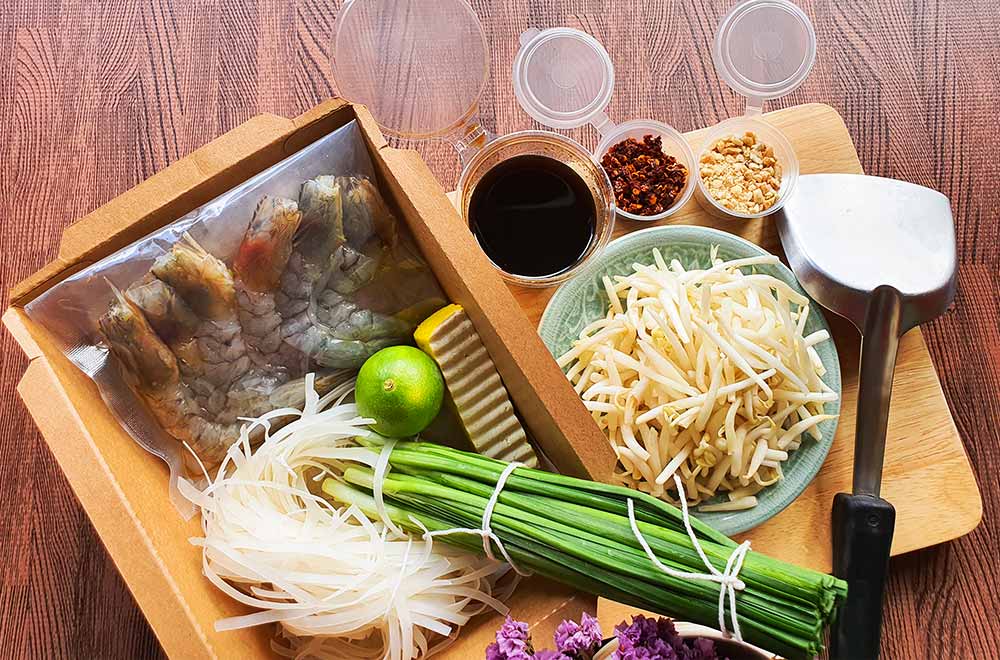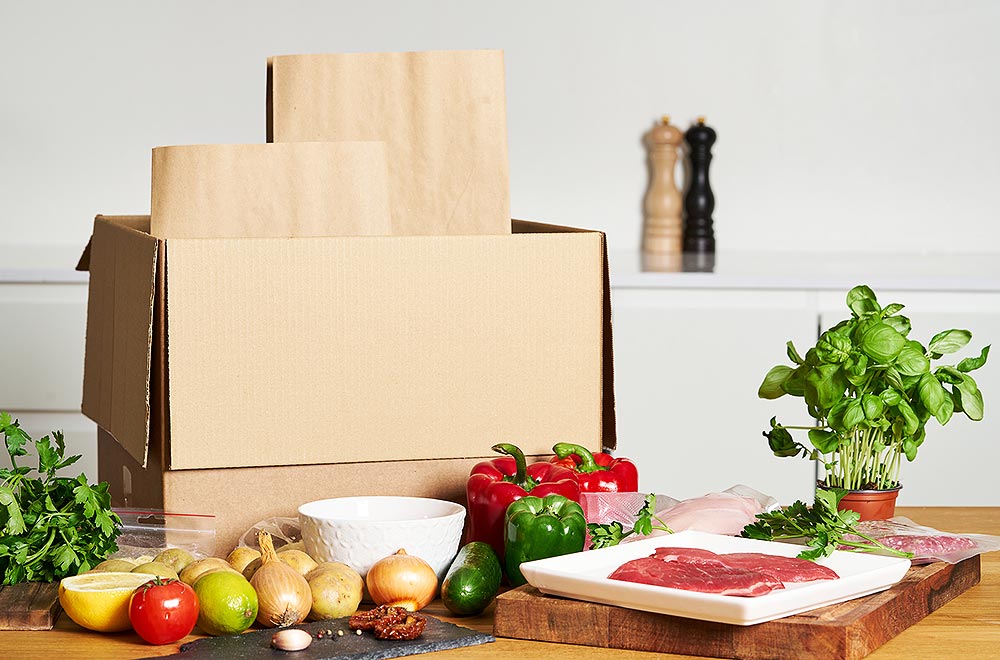The coronavirus pandemic has forced many restaurant owners to get hyper creative when it comes to generating revenue during a time when many people are not comfortable dining out. One popular solution being implemented by restaurants across the country is the creation of custom meal kits. These take-home kits allow your customers to recreate their favorite dishes from your restaurant in the comfort and safety of their own homes. Providing a sustainable revenue stream that has the ability to thrive long after the pandemic, a meal kit service may be just the jumpstart your restaurant needs during these challenging times.
Why meal kits?
Meal kits are a rising sector of the restaurant industry that’s predicted to grow 25% to 30% by 2022. This specific service is ideal for restaurant owners during unpredictable times because it allows them to plan ahead in terms of ingredients and kit quantities well in advance. Meal kits can be a consistent revenue stream that’s always running behind the scenes, even when restaurants fully reopen for indoor dining. Another silver lining is that meal kits require less assembly for your staff but are priced competitively with prepared options. It’s also important to note that uncooked ingredients tend to travel much better and remain fresher than typical takeout/delivery meals. This fact can also allow your customers to plan out their meals well in advance, placing your restaurant’s meal kit in their family’s usual meal rotation. The ability to expand and diversify meal kit options fairly easily in relation to customer feedback and sales data is also an attractive element of this type of service.
Steps to success
When beginning to set up your restaurant’s meal kit service, first decide what type of meals you’d like to offer. It’s a good idea to start with a top-selling dish that many of your patrons already associate with your restaurant. For example, if your Margherita pizza is one of your bestsellers, this may be a great test meal for your first foray into meal kit service. Then, explore what other dishes you’d like to include and how many options will be available each week to customers. Once you’ve decided which dishes you’re planning on offering, next it’s important to determine what days of the week they’ll be available for purchase. Find out which day(s) is typically your lowest-grossing for takeout/delivery (if applicable) and consider offering your meal kit options during this time to see if it helps to boost off-premises sales.
Once your restaurant’s meal kit selections are nailed down, you’ll want to calculate the amount of ingredients and supplies needed to fill the orders. Then, analyze your return on investment (ROI) for each dish sold by deciphering your added costs and comparing it to your regular operational expenses. Now, it’s time to choose if you’re going to run your meal kit service fully in house on your restaurant’s website, or if you’d prefer to use a third-party online subscription platform. Below are a few platforms that have gained traction since the pandemic.
Whichever option you select, ensure that it’s optimized for mobile, and that the platform is extremely easy to navigate for both customers and your staff.

Packaging and delivery decisions
Now that all of the logistics have been worked out, it’s time to launch and promote your restaurant’s meal kits. A good place to start is with your current customers—email your current base and let them know about your new meal kit service and how they can place an order. Then, post the launch announcement and link to the order page front and center on your website as well as on all of your restaurant’s social media pages. To round out the promotion efforts, it’s a savvy idea to reach out to any local reporters, bloggers, or community news outlets, making them aware of how your restaurant is adapting to the challenges brought on by the coronavirus pandemic. Take your marketing initiatives a step further by offering an online cooking class (prerecorded or live) for each specific meal kit dish that’s led by one of your chefs.
Along with the directions you’ll include on how to prepare the meal, feature a link on how and where customers can give you feedback on their meal kit experience. Gathering real-time consumer feedback can be an excellent source for unearthing areas in need of further optimization in a restaurant’s meal kit operation. This direction card is also a smart place to encourage people to follow you on social media and to post a photo of themselves enjoying their meal kits. Include your social web addresses, handles, and any applicable location tags and hashtags. Discovering what your customer base likes, dislikes, and expects from a meal kit service can be the key ingredients to a successful and revenue generating arm of business.
Be sure to regularly visit our free resource section dedicated to advising restaurants on how to navigate the changing rules and regulations during the COVID-19 pandemic.






